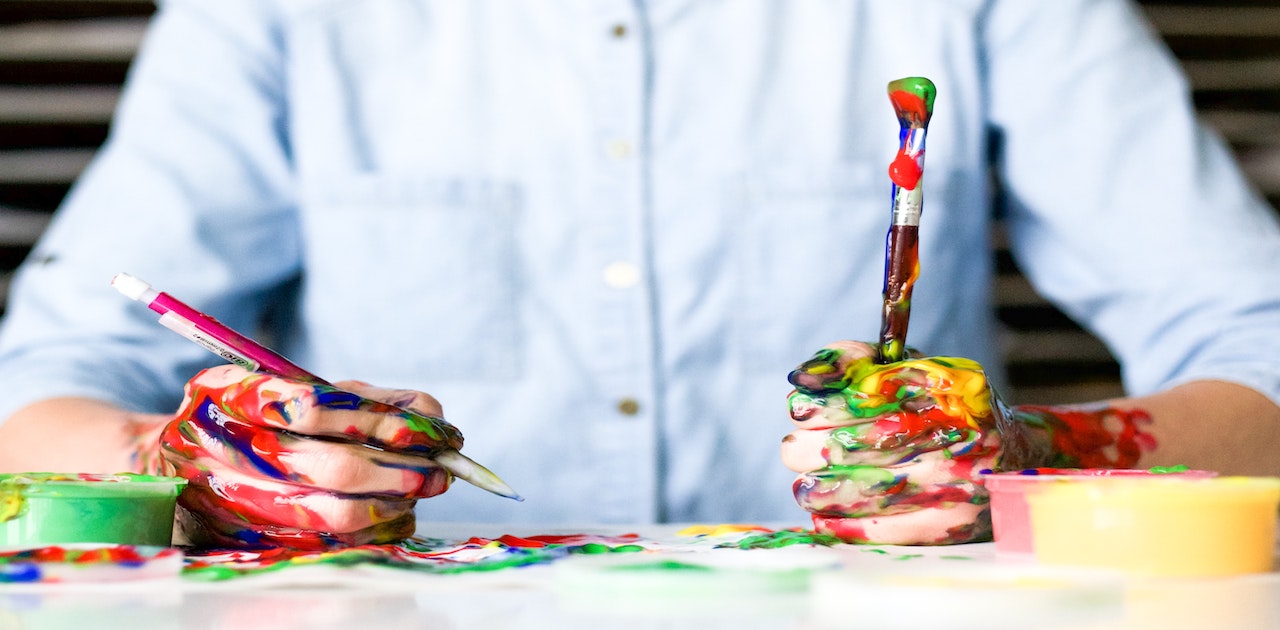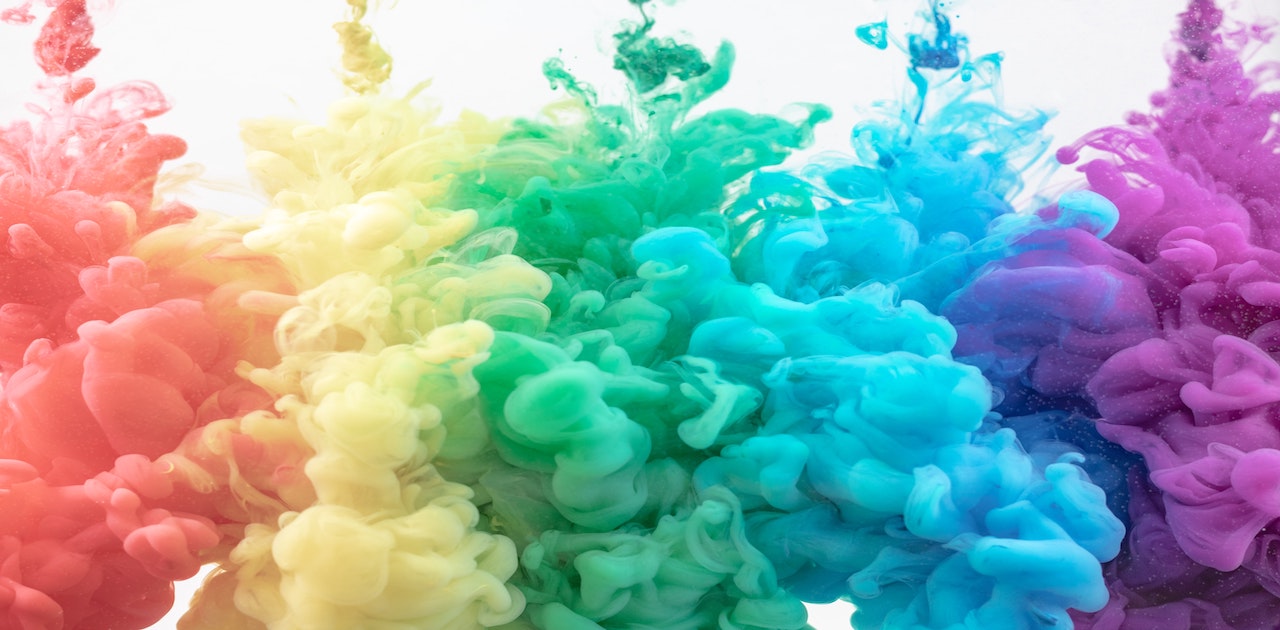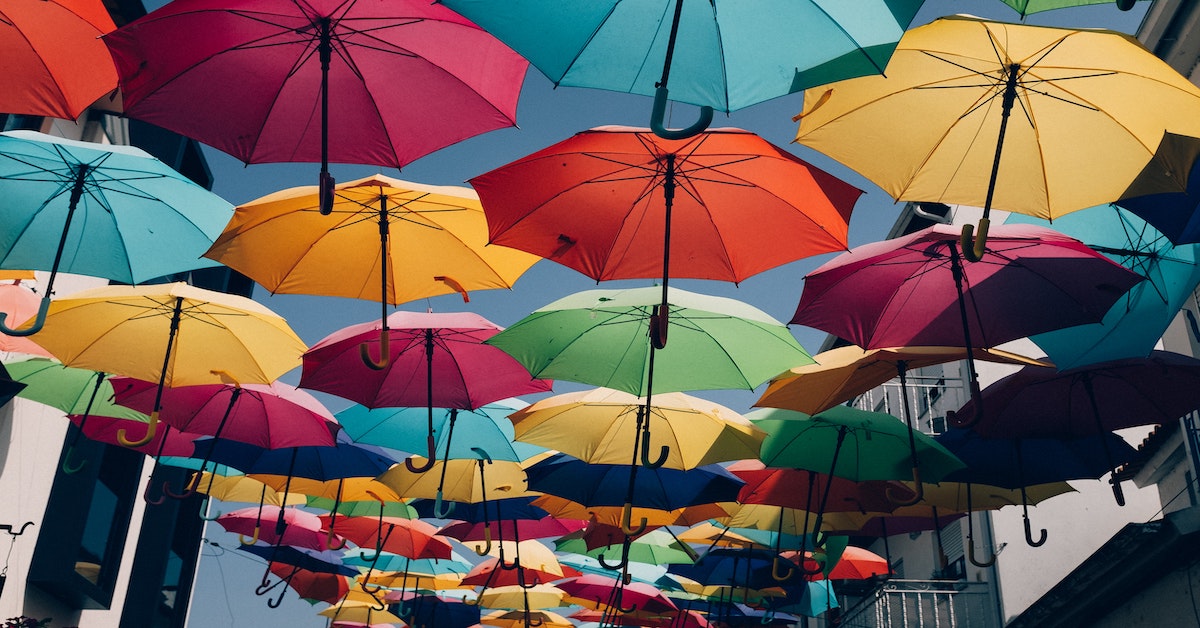Did you know that colours can influence your mood and emotion? They could help you in various ways, whether feeling more positive or lifting your mood.
You might have had a time when you felt your emotion changing or got in a mood from seeing a certain colour. One of the reasons you could have felt that way is how colours can influence your mood and emotion. That may be when you were surrounded by specific colours, like in a botanical garden, or even wearing clothes of those colours that helped you feel that way. You could say that colours have some association psychologically. It can be a visual cue capable of being influential and having different effects on people.
Colours can be applied variously, like attracting attention and encouraging certain emotions. In some cases, colours have universal effects except in certain circumstances, and so, for different people, they could create similarly or the same impressions. As a universal view that colours have for some people, they can also be used to help with expressing emotions, particularly if a nonverbal method is preferable. Everyone can have times when they want to be expressive and interact with their emotions or mood and not keep everything bottled up.
Some Ways Colours Can Be Used

You may have yet to give colours and their capabilities special thoughts. However, there could be numerous utilities for knowing how they can help you, the meanings of some of the colours, and their use. You might be surprised at how colours have been used by different people, places and even organisations to influence certain effects. For instance, using red can be a common phenomenon for sales as this colour is known to be a cue for danger and enhance physical reactions to attract attention.
Colours can also be helpful to improve your lifestyle and well-being by promoting positive behaviour or reactions. You could have heard that green is a good colour for your eyes. This colour could be as it is known to be a colour that requires the least work for your eyes to see and is linked to impressions like soothing. Colours can be something you psychologically and unconsciously react to per appetite.
You could create opportunities that help you to have fun or benefit from interacting with colours. You can take on hobbies and day-to-day activities such as participating in creative art, painting furniture and colour clothing reflecting your desired effects. It can be great to express your mood and emotion or vent from time to time, as bottling up everything are likely only sometimes good.
Things To Think About Involving Colours
As with many other cases with topics known to be subjective, each colour can have wide usage. Green is often used for emergencies or go light. Therefore, sometimes it can be crucial to do some research if you think colour meanings differ or are considered unacceptable on occasion, particularly when unfamiliar and in foreign areas.
For instance, the dress code for certain occasions may differ depending on who organises it or what it involves. As powerful colours can influence your mood and emotion, causing unintentional and unconscious expressions or impressions differing from other people’s understanding is possible. After all, generally, perceptions of colours can be subjective, although some may have universal effects.
Types Of Colours

Before going into specific potential effects and emotions of each colour, you can combine numerous colours into types or categories. A few factors get considered in categorising them, such as their shades, brightness, tone and tint. These components are a few ways in which colours can influence your mood and emotion. Each with its characteristics allows different effects to be encouraged.
• Cool Colours
Some cool colours consist of blue, purple and green. They often have feelings of calmness and soothingness but can also be used to express sadness. Purple is generally used to evoke creativity with a mix of blue and red. Cool colours are usually used for topics like beauty, security or health.
• Warm Colours
Generally, warm colours include yellow, orange and red. These colours usually promote optimistic, happy and energetic feelings. Additionally, you might have seen the warm colours used to attract attention, like the hazard warning, stop signs and barrier tape. Interestingly, red is also known to increase metabolism and, in turn, encourage increases in appetite.
• Sad Colours
Sad colours are incorporated with colours known to be more on the dark side and mute such as grey and black. Also, these colours can be subjective, but blue, green and neutral colours like beige or brown, depending on how they are used or on different occasions. Some cultures consider black to be the colour for mourning, while others may use white or even both.
• Calming Colours

For calming colours, some cool colours like green and blue can evoke feelings of calmness. Pastel colours, especially ones part of cool colours such as mint and lilac, can have a calm and relaxing effect. Additionally, neutral colours like white, grey and beige also can have calming effects. Simple colours and ones not mixed with many different colours can feel more calming than those mixed with many different ones.
• Energising Colours
Bright, neon and strong colours can be powerful when boosting your emotion. These colours can include bright yellow, red and neon green, along with some strong colours like emerald green, royal blue and magenta. They help to give you an energising feeling and refocus you to feel more alert. However, some of these colours could make your eyes uncomfortable and irritated. These colours help with attracting attention and stand out from the surroundings.
• Happy Colours
If you ever saw a sunset, you might have felt happy seeing the beautiful view and the bright warm colours that came from it. The happy colours are usually ones known to be bright and warm colours like orange, pink, yellow and red. Additionally, some of the pastel colours, such as lilac and peach, can bring an uplifting effect on your mood. The lighter and brighter colours often promote more optimistic and happy moods, particularly with a mix of various primary and secondary that make a colourful and youthful effect.
Different Colours And Feelings They Could Evoke

You could explore more than only categories or types of colours like warm or cool colours. Each specific colour can influence your mood and emotion differently. Each of the colours has its own meanings and effects they could display. Also, these meanings and effects can differ depending on people’s perceptions of them and be subjective.
However, some of the colours can have universal meanings. Unfortunately, something to note might be that these meanings and effects are not only limited to positive but also some negative associations. Here are some of the different colours and feelings or effects they could evoke:
• Yellow
The colour yellow can represent intellect and the mind and promote creativity, being open-minded to encourage bringing new ideas and innovative ways to do things. Yellow, also on the light spectrum, can evoke feelings of happiness, uplift and optimism. It is a warm, bright and happy colour that encourages energy and youthfulness. Think about a batch of sunflowers. They may help you feel cheerful and brighten your day.
However, too much exposure to yellow can cause agitation, nervousness and anxiety. Also, criticism, cowardice and judgemental but as a powerful and bright colours, yellow can be used to attract attention and stand out from crowds. For stronger authority, you could try wearing yellow clothing with other colours to have different effects, like mid-blue.
• Orange
Orange is the colour of sportsmen, self-confidence and encouragement. As a bright and warm colour, orange promotes happiness and warmth, having a mix of stimulating colours of red and energising yellow. Orange helps inspire enthusiasm, vitality and courage. However, on the downside, orange can also symbolise superficiality and pessimism.
• Red

Red is seen as a powerful and attention-grabbing colour which befits what the colour can represent. Generally, it is associated with strong emotions and moods like passion, anger and love. Some more universal significations of red could include power, courage, strength, and danger. It is also known to improve metabolism and increase appetite and excitement.
Red can energise and stimulate motivation to act, helping boost confidence. In a more physical aspect, red can increase blood pressure and respiration rate. Also, as an intense and warm colour, you might have seen red being used to grab attention for sales at the store and stop signs on the road. However, overuse of red can sometimes be seen as displaying too much authority and bossiness.
• Green
As you might suspect, green is generally associated with nature, growth and balance. It promotes restfulness and security and represents healing, stability and harmony, helping you to feel refreshed and optimistic. Green can be a great colour to evoke a sense of relaxation and inspire calmness.
Through the green spectrum, darker green symbolises more prestige and wealth, whereas lighter green represents freshness and growth. On the other hand, too much green could display greed, envy, selfishness and jealousy. Overall, compared to a colour like red, green can be more on the passive side to encourage balance and harmony.
• Blue
On the opposite side of red, the colour blue can be calming, help to reduce fear and tension, decrease appetite and slow down pulse rate. Blue is the colour that can represent peace, serenity and trust. As a cool colour, it is also used to build a sense of quietness, space and reservedness. Blue is a great colour to promote integrity and loyalty.
Blue is one of the most favoured universal colours as it encourages being sincere, dependable and trustworthy. The blue spectrum colour, particularly on the rlighter side than navy, tends to be worn often to show display sense of reliability and trust, especially in working with people. The darker spectrum of blue, like navy, can bring out impressions of being mature, boring, and conservative.
• Purple

Purple is the colour that symbolises spirituality and imagination. It is a colour ideal for boosting creativity. Purple can represent compassion, sensitivity, support and understanding for individuals. As one of the colours towards the cool side, this colour is often related to tranquillity and being quietly dignifying.
Purples also have links to fantasy, mystery and royalty, increasing reaction to more creative ideas and a sense of beauty. Also, purple can give a sense of luxury and wealth. However, purple is sometimes used on the other side as self-importance, having excessive pride in oneself and self-indulging.
• Black And White
Black and white are both neutral colours. However, black gives a sense of classic, seriousness and sophistication. It promotes luxury, elegance and professionalism. Black can be a strong neutral colour to represent power and evoke a feeling of mystery. In some parts of the world, cultures and occasions, black is used for mourning.
On the other hand, white can mean minimalism and be simple. If you paint or stay in a place with a lot of white, you can feel a sense of minimalism and simplicity. White can be used to represent cleanliness and freshness. In different parts of the world, cultures and occasions, white symbolises purity, virginity and innocence. You may have noticed white being a commonly used colour at weddings.
Each colour can influence your mood and emotion differently, as they all have their own range of meanings and effects. However, it could be crucial to note how colours can be subjective and different people could perceive them differently. A happy colour for you might not necessarily have the same response for another person and possibly to even make them uncomfortable. Although some of the colours are universally accepted and have similar or the same effects, not all of them do.
Therefore, it can be essential that you try to research or learn about their acceptance if you are going to utilise the colours for their meaning and effects. As powerful as colours can be as an influencer and link with emotion and mood. It can be vital to consider their effects whenever and wherever possible, especially when using them. Also, thinking that some colours can have positive and potentially negative meanings, especially when overexposed to them or in a particular state.

